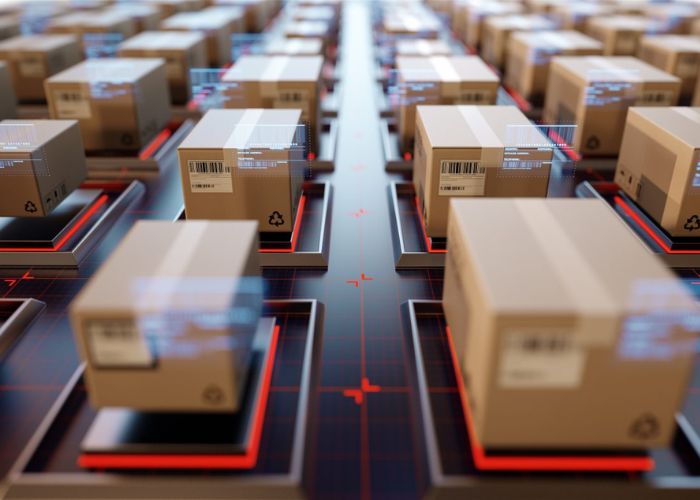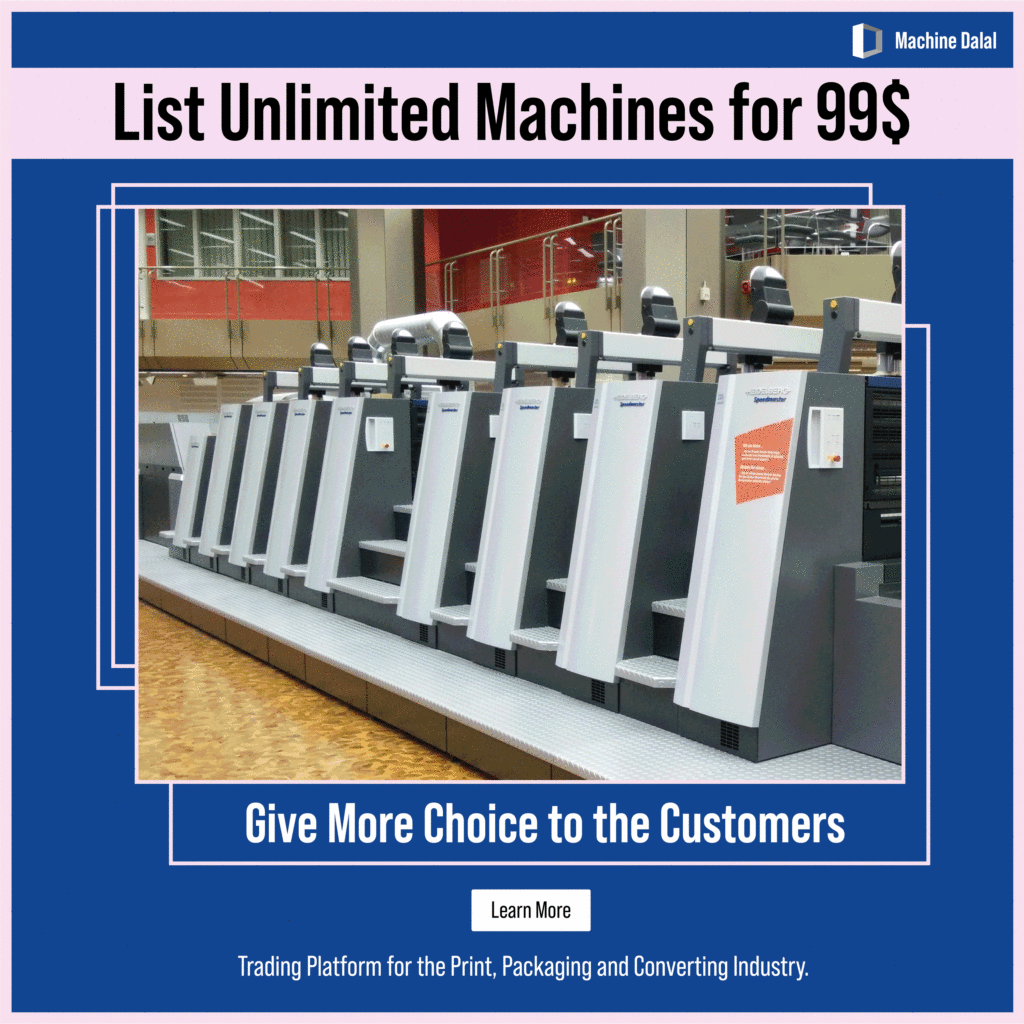The transformative impact of automation on the packaging industry is undeniable, with efficiency gains and enhanced competitiveness as its hallmark benefits. Companies integrating automated systems speed up production while reducing operational costs, enabling them to meet the ever-changing consumer demands with agility.
Packaging machines increase productivity and reduce inefficiencies, though production rates can vary considerably depending on the type of product packaged and the automated machinery used in the packing process.
As with production lines, putting together automated systems for packing involves considerable thought, from design stage through to a completed system.
While new technologies are changing what automated packaging machines can do and how they work within other parts of production, investments in them should be weighed against the benefits they bring.
Benefits of Packaging Automation Systems
Automation can refer to simple conveying equipment, industrial robotics that put goods on pallets or Internet of Things (IoT) devices that read and track through smart labels. Installing packaging automation systems can make worksites safer, improve quality and increase overall productivity by eliminating the need for human labor in repetitive tasks and smoothing workflow to increase output.
Three simple benefits from packing automation systems include:
- Diminishing the risk of repetitive strain injuries, as machines take over the repetitive tasks that cause them.
- Improving production rates by speeding up packaging operations, which in turn allows production machinery to work at full capacity.
- Removing potential bottlenecks within the packaging process by eliminating the chance of human error, resulting in less downtime.
Fully Automated Packaging Systems
Fully automated packaging systems require contingency plans in case of breakdowns or other incidents that bring machinery to a halt, and keeping some processes manual can mitigate this. Yet overall, packaging automation systems will increase throughput markedly.
Creating Intelligent Systems with IoT

IoT in packaging
Though use of IoT devices and software in the packaging industry is just starting to catch on, as with other sectors IoT technology will soon become more widely used. Along with cutting packaging costs, automation combined with IoT technology helps with logistics operations, optimizes inventory control, improves customer service and makes branding easier.
One particularly useful part of packaging automation systems that smart technology can enhance entails identifying why problems occur within the packaging process. Smart technology also makes understanding inefficiencies easier through the use of pattern recognition algorithms.
Packaging Stages
Whether a system deals with semi-automated or automated packaging systems, there are three stages in which automation can improve packing quality, speed and efficiency.
These stages are:
• Primary packaging: The primary purpose of this stage is to safeguard the packaged and sealed merchandise. In addition, this stage also provides customers with some basic information about the product like size, expiration date, quantity, ingredients, manufacturing date, and more.
• Secondary packaging: The next stage in the automated packaging system lifts the product and puts it into a secondary container like a cardboard box after wrapping it with plastic or a bubble wrap to prevent any product damage.
• Transit packaging: This is also referred to as tertiary packaging, which deals with packaging products in larger containers to send them off for transportation and distribution to end-users and retailers.
Functions of packaging automation machinery
Input devices – consisting of such things as switches and sensing devices – gather system information about the status of conveying equipment and the objects moving along it, feeding this data to a programmable logic controller (PLC).
The PLC controls the entire packaging automation system, using the information from sensors to make decisions on the speed and quantity at which items are packaged prior to sending orders on to the part of the system that controls output.
Output devices are the actuators – the relays motors and solenoids – that convert electrical signals into actual motion to move products through the automated packaging system, including relays, motors and solenoids.
Conveying

Conveying system
In the same manner goods move through a conveying system during the fabrication stage, finished products are similarly transported during packaging, with a conveyor belt being just one type of machine commonly used in the packaging industry. Automated conveyors are usually fixed into position, with supplemental equipment that connects them to the rest of the packaging automation system.
Automated Sensors
Sensors measure specific characteristics of objects or systems throughout the packaging process. Though they can be mechanical, these days most automated sensors use electronic signals to pass along information that can improve efficiency, quality and safety.

Automated sensors in packaging
Many modern sensors connect to the Internet, providing packaging automation systems with the ability to utilize IoT technology that can help with a variety of tasks. These smart sensors can detect conditions throughout the packaging process.
Sensors used in the packaging industry assist with the following:
Controlling reel speed, torque and braking.
Determining position of product when labeling or marking it.
Monitoring label reel to sufficiently control labeling process.
Tension control at various parts of the automated packaging machinery.
Weighing individual products, batches of packaged products or fully packed pallets ready for shipping.
Switches
These control the flow of electricity throughout packaging automation systems, allowing equipment to turn off or on as necessary. These can be either operated by hand or automatically. Those functioning automatically require devices that force switches to change their state to allow or disallow the flow of electricity that then causes specific actions.
Toggle Switches
Two classifications for toggle switches involved in automated packaging are momentary – sometimes called “spring returns” – and non-momentary switches, which are also known as latching or on-off switches. The former only work while the actuator operates, while the latter requires the button be pressed a second time before shutting off or starting machinery.
Actuators & Motors

Actuators in packaging
Automated packaging machinery uses actuators and motors to convert energy into motion. Actuators use mechanical, hydraulic, pneumatic or electrical force to make automated packing machines perform specific actions, usually in a linear motion, whereas motors convert electricity into mechanical force, typically through a rotary motion.
Relays & Indicators
Within packaging automation systems, both relays and indicators also play important roles. Consisting of electromagnets and a set of contacts, simple switches called relays operate both electrically and mechanically to pass along signals from switches to either motors or actuators. Meanwhile, indicators help human operators monitor various aspects of an automated system and often provide readouts to indicate whether an accident, fault or other signal has occurred.
Future of automation in packaging
The packaging industry stands on the brink of transformation with the advent of emerging technologies such as AI, robotics, and the Internet of Things (IoT). These innovations promise to further streamline production processes, enhance customization capabilities, and increase overall efficiency. Keeping an eye on technological advancements can prepare companies to integrate next-generation automation solutions effectively.
At Machine Dalal, you will find a wide selection of printing, packaging and converting equipment including foil packaging machines from sellers worldwide. We as an online platform are committed to tapping new business opportunities for both sellers and buyers of printing equipment across the globe.
With our aim for high levels of customer satisfaction, we will do everything that we can to accommodate you and meet your expectations.
Visit Machine Dalal to know more and download the app for a richer, more personalized experience or contact us to know more.
Subscribe to our newsletter for the latest news and updates on recently listed Print, Packaging and Converting equipment.




